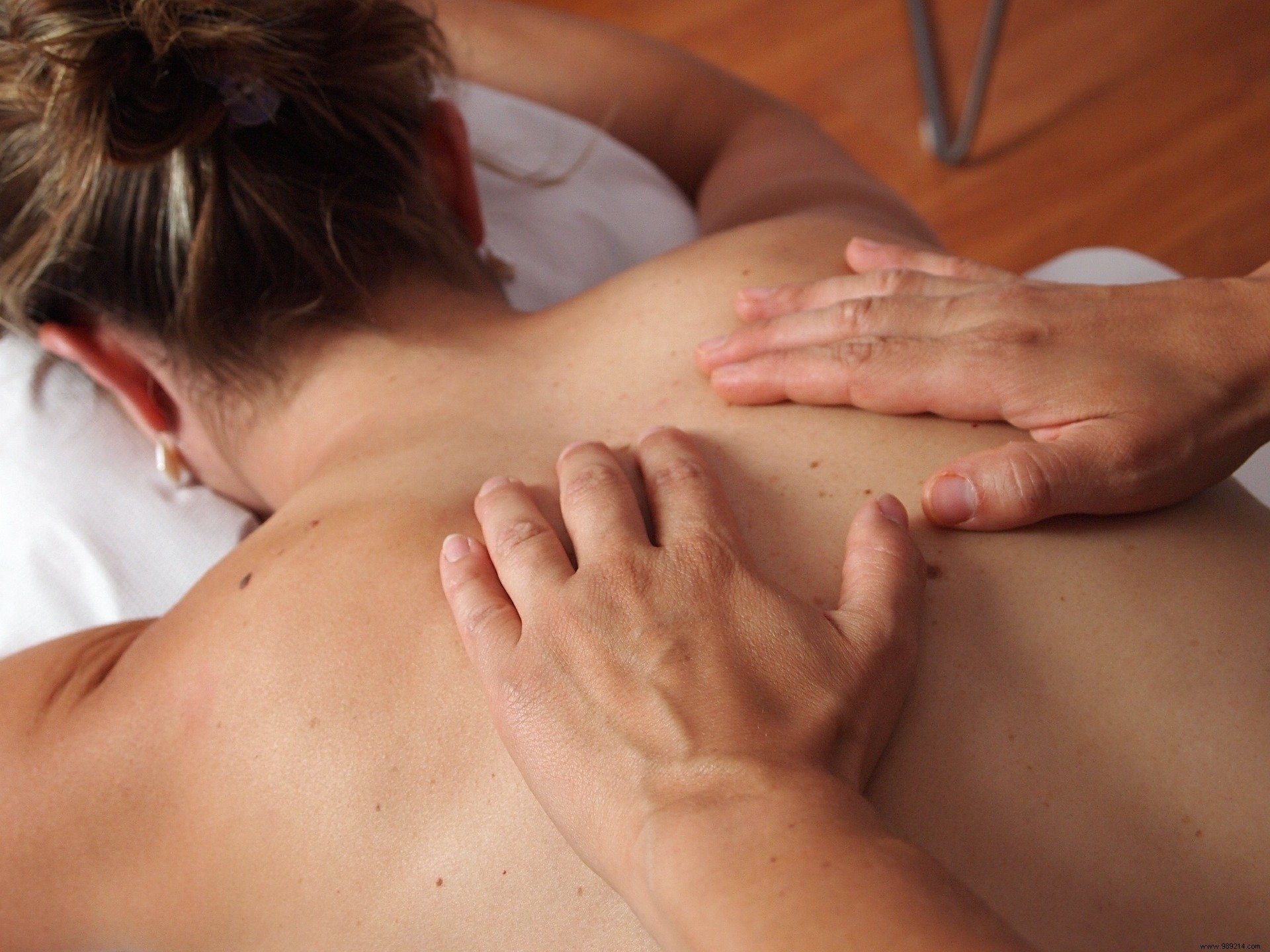Researchers have found that the populations of microbes on our skin are able to predict our age (within a few years).
Bacteria, fungi, viruses, our body is a veritable nest of microbes. It is found everywhere:in the intestines, in the mouth, in the nasal and pulmonary passages, or even on our skin. But fortunately for us, the vast majority are only there for our good .
The types of microbes also vary from one region of the body to another, each species playing a very specific role . The skin microbiome, for example, forms a protective layer against invading and harmful bacteria. For its part, the intestinal microbiome helps us digest food, absorb nutrients, but also regulate our immune system.
Although these microorganisms are still very much misunderstood, we do know that their populations evolve more or less as we age . This means that all of these microbial communities can play an important role in the aging process and the diseases that accompany it.
Based on this observation, researchers from the University of California, San Diego (USA), and IBM, sought to find out whether certain microbial communities could be able to truly betray our biological age.
As part of this work, published in the journal mSystems , the researchers examined the microbiomes of nearly 10,000 samples taken from the skin, mouth and intestines of thousands of people. They then set up a machine learning system to estimate which microbiomes are best able to predict the age of the subjects .
This study found that samples taken from the intestines were only able to estimate a person's age to within 11.5 years . The samples taken from the oral passages, for their part, estimated the age of the subjects on average to within 4.5 years .
But the best results were obtained with skin samples, predicting donor ages to just 3.8 years .
“This new ability to correlate microbes with age will help us advance future studies of the role of microbes in the aging process and related diseases. age, and will allow us to better test potential therapeutic interventions that target microbiomes said Zhenjiang Zech Xu, co-author of the study.

The approach is obviously not perfect, but it remains interesting enough to imagine anon-invasive test allowing clinicians to quickly analyze a person's skin microbiome, and whether or not to see an abnormality.
As an example, if a doctor realizes that a 30-year-old person has the skin microbiome of a 60-year-old person, he could be alerted to the possible presence of an underlying disease. He could therefore then treat it accordingly.
Source
Related articles: